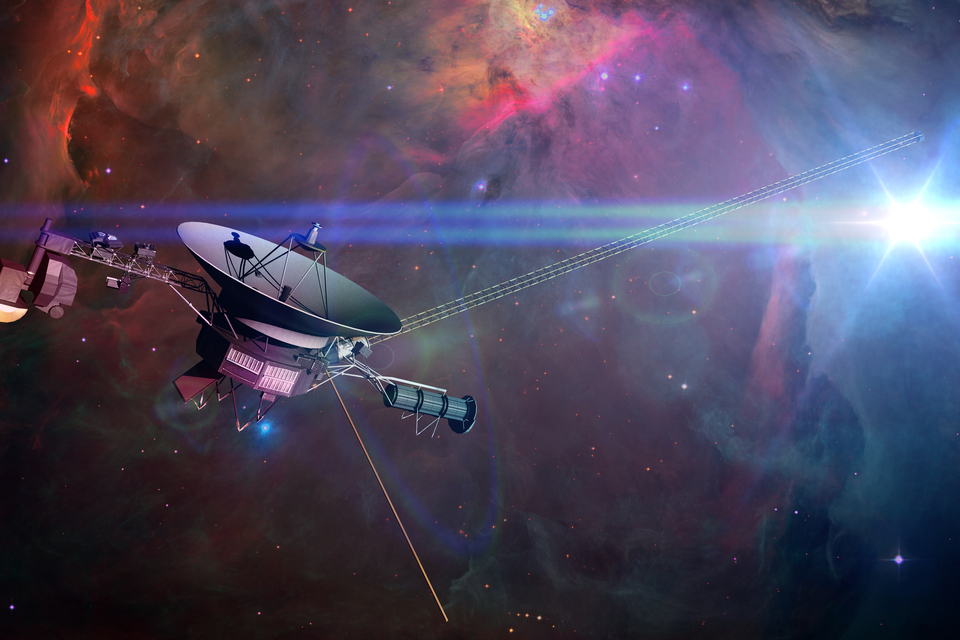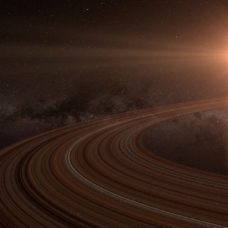Our solar system is pretty big. But, it’s actually just one small star system within the vastness of the Milky Way.
So far, scientists have identified hundreds of faraway solar systems just in our galactic neighborhood. They estimate that our galaxy hosts tens of billions of solar systems, up to perhaps 100 billion or more.
One would think it’s only a matter of time before a human-made spacecraft could come near one of these star systems. But how much time exactly would space vehicles take to reach another solar system in the galaxy?
A pair of scientists did the math.
Far, Faraway Alien Star System
As of writing, there are four uncrewed spacecraft zipping through the interstellar space: Voyager 1 and 2, and Pioneer 10 and 11. Launched in 1977, Voyager 1 and 2 made history by entering into interstellar space in August 2012 and November 2018, respectively.
Will any of the already-sent space probes make its way to an alien solar system? And how long would it take to get there?
Two researchers teamed up to find an answer to that question.
Coryn Bailer-Jones and Davide Farnocchia are two astronomers, respectively, at the Max Planck Institute for Astronomy (Switzerland) and NASA’s Jet Propulsion Laboratory.
They turned to data from the Gaia space telescope, launched by the European Space Agency in 2013.
Gaia has been mapping space since then. As of last year, Gaia has charted over 1.7 percent of our galaxy with data on millions of stars.
The team’s calculations show that the four spacecraft would come “close” to about 60 stars in the next 1 million years.
But, which of the four spacecraft has the best shot at passing by a star system the first? The researchers found that Pioneer 10 would likely be the first to do so.
It would take Pioneer 10 approximately 90,000 years to pass by a star called HIP 117795 in the constellation Cassiopeia.
But “flyby” here is an understatement because Pioneer will pass within 0.231 parsecs of the star, or around 4 trillion miles.
The results of the study are available in a pre-print paper on arXiv.org.



















Comments (0)
Most Recent